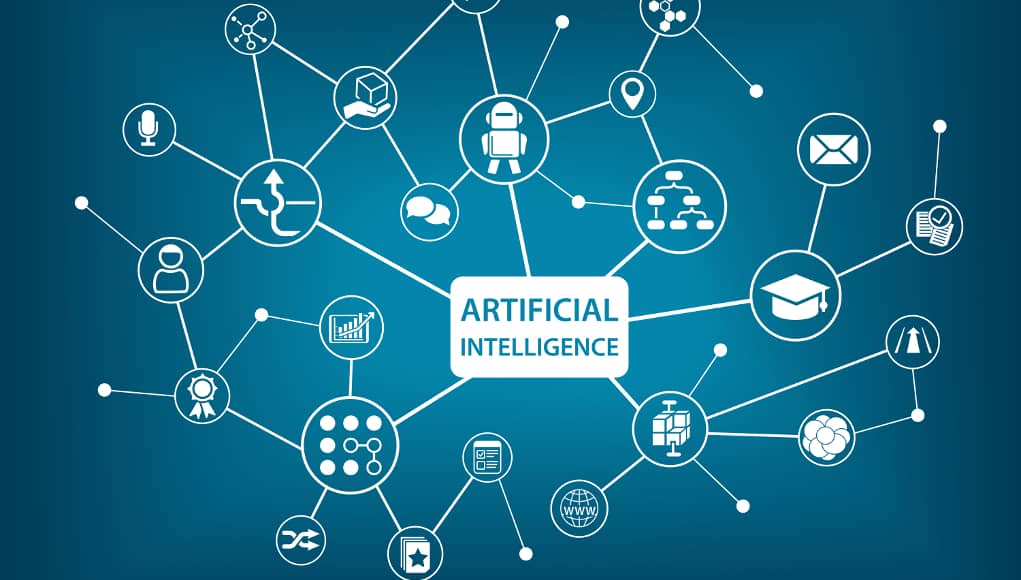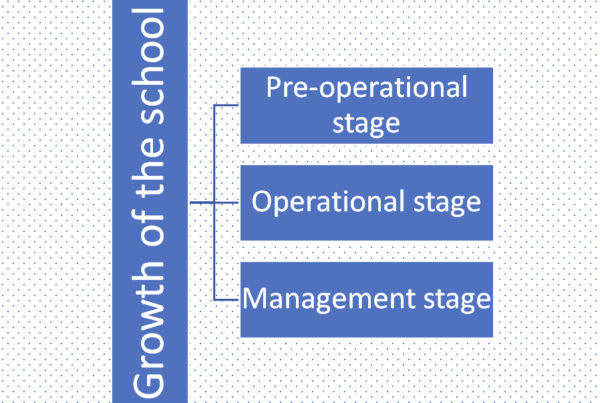This report highlights achievements and provides insight into future developments. It is clear that artificial intelligence (AI) is already adding value to education. However, adopting AI can be a daunting task for institutions lacking the time, expertise, and resources to explore its many uses. With this in mind, this new report on AI in Higher Education aims to bring AI to life by highlighting real-world examples where technology has been shown to save staff time and improve student lives.
The goal is to accelerate adoption. We also explore the future of AI and what we can expect when the technology matures. Today’s teachers use AI to tag specific subjects and use it to help learners know when their next assignment is due, but how will AI help them in the future? And what are the questions we have to consider now?
AI will not replace teachers
First, let me stress that AI will never replace teachers. But you can spend more time with your students, whether face-to-face or virtual. Reduced workload frees up teachers’ time to focus on more important tasks, leading to better outcomes and a more fulfilling and effective experience for learners.
AI can deliver personalized experiences
We see this in our daily lives, and we are already seeing students benefit in areas such as adaptive learning tools. The challenge for the next few years will be figuring out exactly how to continue using this feature to maximize its benefits. The digital assistant or chatbot that is currently testing at several universities will support students and employees alike. “In-depth” sessions with organizations across the industry highlighted opportunities to expand the use of AI to support students from application through graduation. Student enrollment and onboarding are often manual, complex, and take a long time to complete successfully. Smooth, clear paths support students and prevent early dropouts.
AI makes learning more inclusive and accessible
AI also makes learning more inclusive and accessible for people with language barriers and disabilities. Using AI, we will be able to provide access to learning in a format that is personalized and formatted to suit learners’ needs. For example, the same content can be provided as audio, video, or text. conveyed side. AI can be used to create tools such as virtual assistants that provide additional guidance and support to students with special needs. As well as using AI to customize a student’s learning path, AI assistants that support students 24/7 are promising.

But there are questions that must be asked. For example, how to balance the personalization of learning materials with the notion of maintaining or enhancing learner agency.
Use your data to get the right results
Advances in AI, along with the growing amount of data available, offer new opportunities in areas such as learning analytics solutions. This provides clues for students at risk of failing or dropping out. Currently, predictive models are largely a “black box” technology, making it difficult to act on the results of predictive models. I know the AI model reached a conclusion, but I don’t know why. We are now seeing improvements in the explainability of AI. This means better insight into the factors that influence a particular situation. The value of being able to derive insights from here means that improving data and analytics continues to be high on the list of universities.
Advice on Ethical Use of AI
Tools and techniques are created with special ethical challenges. For example, there are many AI techniques aimed at understanding human emotions, and organizations want to think and talk about what (if any) place these kinds of tools hold in education. maybe. For example, AI systems can be trained to recognize emotions in human facial expressions and speech. These types of tools may be incorporated into video conferencing solutions in the future. Use AI to identify the sentiment and emotional aspects of student communication from survey results, social media channels, forums, and student group work. This data can be used to determine performance and identify areas for improvement. This is currently a task that is often performed manually.
Be Prepared
You should start preparing your systems and data now to support the integration and allow for further development of such systems in the future.



